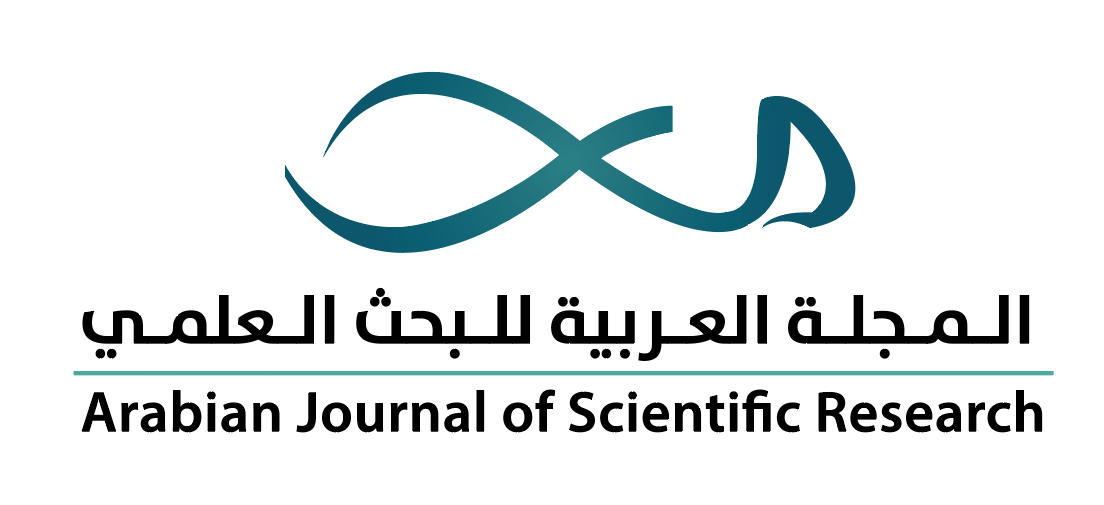-
oa اكتشاف جين جديد يساهم في الإصابة بمرض السكري ويؤثر في استقلاب الغلوكوز
- المصدر: Arabian Journal of Scientific Research-المجلة العربية للبحث العلمي, Volume 3 (2022), Issue 1, يونيو ٢٠٢٢, 2
-
- ٢٨ أبريل ٢٠٢٢
- ١٩ مايو ٢٠٢٢
- ١٥ يونيو ٢٠٢٢
الملخص
المقدمة وهدف الدراسة: يعدّ مرض السكري من النوع الثاني مرضًا متعدد العوامل والجينات. وقد تم اكتشاف أكثر من 140 متغيرًا جينيًا وراثيًا مرتبطًا بسببية المرض، ولكنها تفسر فقط 10% من الأسباب الوراثية للسكري. لهذا، تسعى هذه الدراسة إلى استخدام نهج جديد تُحدَّد من خلاله جينات جديدة مشارِكة في فسيولوجية مرض السكري وإفراز الإنسولين. طريقة البحث: تم تحليل بيانات تسلسل الحمض النووي الريبوزي من جزر البنكرياس البشرية جُمعت من 89 متبرعًا. كما أُجريت سلسلة من التجارب الوظيفية في خلايا بيتا الحيوانية (INS-1) من الفئران للتحقق من الدور المحتمل للجين المرشح بما في ذلك تثبيط نشاطه، وإفراز الإنسولين، وحيوية الخلية، وموت الخلية المبرمج، والتعبير الجيني. النتائج: قد أظهر تحليل التعبير الجيني التفاضلي لبيانات تسلسل الحمض النووي الريبوزي أن 231 جينًا كان لها تعبير منخفض على نحو ملحوظ في جزر البنكرياس من المتبرعين المرضى بالسكري مقارنة بالأصحاء. وتم خفض عدد الجينات إلى 37 من جراء تطبيق قطع إحصائي أكثر صرامة. ومن بين تلك الجينات، تم اختيار (PPP1R1A) كجين مرشح بسبب ارتباطه القوي مع معدل السكري التراكمي، وتعبيره الجيني المرتفع في جزر البنكرياس البشرية مقارنة بباقي الجينات. وأيضًا، وُجد أن تعبير الجينات الوظيفية المهمة في خلايا بيتا مثل (INS) و(PDX1) و(GLUT2) و(INSR) انخفض على نحو كبير في الخلايا التي ثُبّط فيها نشاط (PPP1R1A). وخلصت الدراسة إلى أن (PPP1R1A) جين منظّم لوظيفة خلايا بيتا وإفراز الإنسولين، كما سلطت الضوء على قائمة من الجينات التي قد يكون لها دور وتأثير في مرض السكري.
Background: Type 2 diabetes (T2D) is a multifactorial polygenic disease with an unclear causative mechanism. Close to 140 genetic variants are associated with T2D, but they only explain 10% of the heritability. Aim: In this study, we employed a novel approach to identify novel genes involved in the pathophysiology of T2D and insulin secretion. Methods: We analyzed RNA-sequencing data from human pancreatic islets at a global level. Furthermore, we performed a serial of functional experiments in rat pancreatic β-cells to validate the potential role of the candidate gene including siRNA silencing, insulin secretion, cell viability, apoptosis, QPCR, and western blot expression of the key molecule in β-cells. Results: Differential expression analysis reveals those 231 genes are significantly (P<0.05) downregulated in diabetic islets compared to nondiabetics. However, the number of genes was restricted to 37 genes by applying a cutoff of (P<0.01). Of these genes, PPP1R1A was selected as a candidate gene due to its strong correlation with HbA1c and high expression in human pancreatic islets. Silencing of PPP1R1A in INS-1 cells was markedly reduced, insulin secretion while cell viability and apoptosis were not affected. In addition, the expression of Insulin, PDX1, GLUT2, and INSR was significantly down-regulated in PPP1R1A-silenced cells. Expression of NEUROD1 and GCK was not affected. Conclusion: The study identifies PPP1R1A as a novel regulator of pancreatic β-cell function and insulin secretion. Moreover, it introduces a list of potential genes to be explored for their role in the pathogenesis of T2D.


